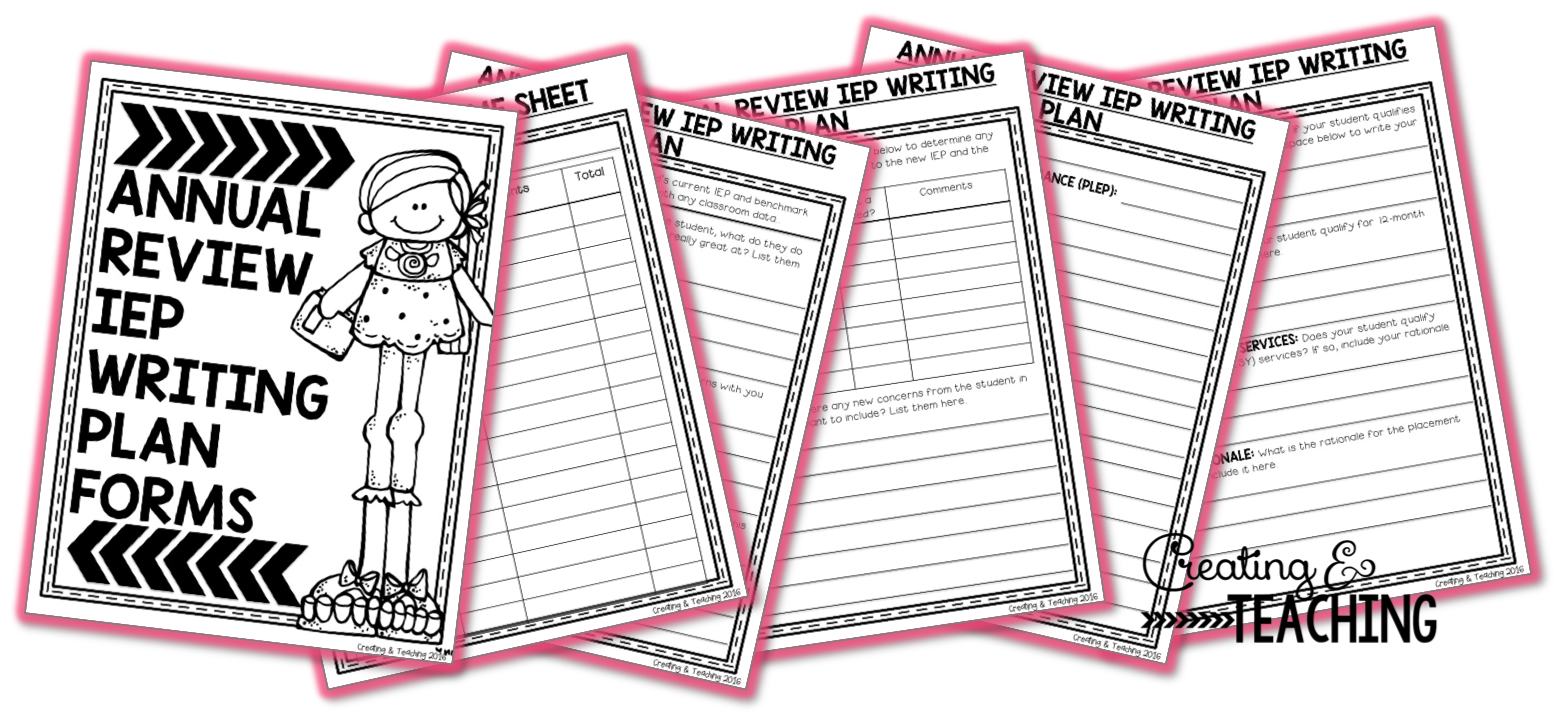

IDEA Part C: Transitions (Including Part C to Part B/Exiting Part C).IDEA Part C: Individualized Family Service Plan.Department of Education recently announced its intent to strengthen and protect rights for students with disabilities by amending regulations implementing Section 504.

name of the person responsible for ensuring the 504 plan is followed.specific accommodations, supports, and services for the student.While there is no specific template for a 504 plan, it should include Accommodations are grouped into four categories: It is designed to outline accommodations that a student needs to access the educational curriculum.
#Iep writer vs free
Section 504 requires that school districts provide a free appropriate public education (FAPE) to qualified students in their jurisdictions who have a physical or mental impairment that substantially limits one or more major life activities.Ī 504 plan is not special education.

be regarded as having such an impairment.have a record of such an impairment or.have a physical or mental impairment that substantially limits one or more major life activities or.To be protected under Section 504, a student must be determined to: Department of Education, Section 504 covers qualified students with disabilities who attend schools receiving federal financial assistance. steps toward the transition from Part C servicesĪccording to the U.S.name of the agency responsible for providing services.early intervention services including dates, frequency, duration, and method of service delivery.a statement of major outcomes to be expected, and the criteria, procedures, and timelines used to evaluate these outcomes.a statement of family concerns, priorities, and resources related to the child’s development.a statement of the child’s present levels of functioning including physical, cognitive, communication, and social-emotional development.The early intervention/IFSP process includes identification and referral, intake and family assessment, child evaluation and assessment, IFSP development, and service delivery and transition. Individualized Family Service Plans (IFSPs)Īn Individualized Family Service Plan (IFSP) is a written plan for providing early intervention services to an infant or toddler (age 0–3), with a disability and to the family. transition planning to prepare for life after high school graduation.modifications and accommodations that will promote progress toward goals.statement of special education and related services as well as supplemental aids and services.present level of academic achievement and functional performance.The Individuals with Disabilities Education Act (IDEA) Part B requires that an Individual Education Plan (IEP) be developed for every student who receives special education services. The IEP is a legal and binding document and must be followed as written. By law, IEPs must include: This page seeks to highlight the requirements of each program. These plans include accommodations or modifications to support student access to the educational curriculum. Section 504 plans are designed for students who have disabilities but may not qualify to receive special education services. Section 504 is a federal law designed to protect the rights of individuals with disabilities in programs and activities that receive federal financial assistance from the U.S. Individualized Education Programs (IEPs) and Individualized Family Service Plans (IFSPs) are covered under the Individuals With Disabilities Education Act (IDEA) and are designed to ensure that children who are eligible for special education services have individualized and well-defined objectives for meeting educational and functional goals.


 0 kommentar(er)
0 kommentar(er)
